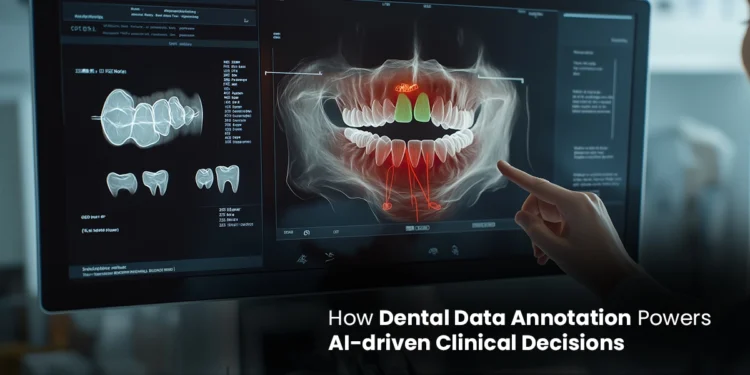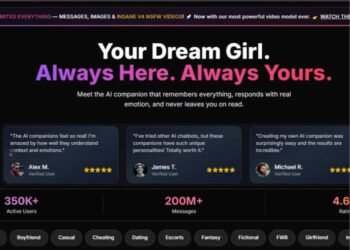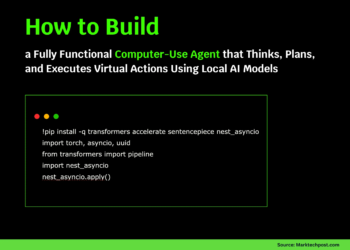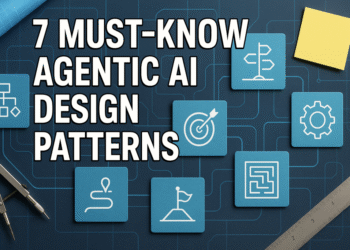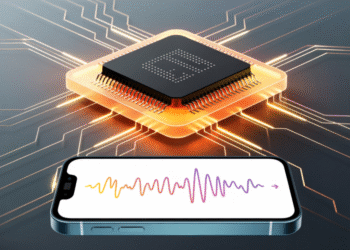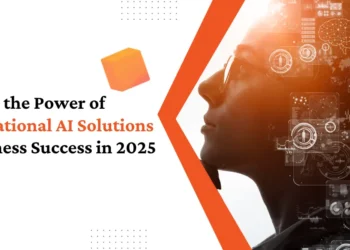Dental annotation is a specialized task that requires an in-depth understanding of dentistry. Given the variety of tooth shapes, sizes, and forms and the existence of dental diseases, raw dental images pose a special set of difficulties.
Given this complexity, let’s examine why dental data annotation services are essential to developing dental AI models.
The Complexity Behind Dental Data
Data from dentistry is unduly complex. Tooth morphology has a very intricate shape with a high degree of variability, so it takes a sophisticated program to distinguish those tiny details. Dental AI holds great potential, but what factors contribute to its slower progress? Let’s look at the key barriers.
Patient Anatomy:
The anatomy of teeth and other dental features differs from person to person. This is because patients, age groups, and demographics are all unique. People from different regions or ethnic backgrounds may have variations in jaw structure, tooth alignment, or even the frequency of certain dental conditions. More specifically, the tissues and gums surrounding the tooth make the image data complex, necessitating a sophisticated understanding for annotation.
Dental problems like cavities, fractures, and periodontal diseases complicate the data. These diseases often appear as small changes in images, so a professional must annotate and address them separately.
Annotators can help the model identify unclear areas of an image and determine the order to the training objective (e.g., bottom teeth first, then surrounding nerves and blood vessels) which dental professionals can correct using active learning techniques. This way, annotation efforts are concentrated to the most critical areas to improve model accuracy.
Lack of available datasets:
There is a shortage of annotated intraoral image datasets for AI-driven dental caries detection. Maintaining consistency and quality of datasets is difficult due to variations in lighting, saliva-induced reflections, and occlusions. The available dataset is either skewed because some images are of poor quality or imbalanced, which could result in incorrect output.
For compatibility with various AI models, dental professionals must validate the annotations on intraoral images and transform them into various formats, such as PASCAL VOC (Pattern Analysis, Statistical Modeling, and Computational Learning Visual Object Classes) and COCO (Common Objects in Context).
Data annotation and labeling companies can provide access to the quality and quantity of dental AI datasets for dentistry.
Data privacy:
The management of dental images must be handled with extreme caution to comply with stringent privacy standards designed to safeguard patient confidentiality. In the process of maintaining data security, the annotation becomes challenging.
Federated learning is a solution to this problem that medical data annotators can use successfully. It enables dental images to train models on local servers or individual devices, lessening privacy concerns and eliminating the need for centralized data storage. An alternative is to hire a specialized organization to annotate the dental data. These organizations have expertise in producing accurate and consistent training data, which is necessary for developing successful prediction and detection models in the dental field.
Annotation Quality Isn’t Optional; It’s Foundational
Annotation quality is essential; it is not optional. Each bounding box, segmentation mask, and metadata label effects the AI’s understanding of a clinical situation; if labeling a carious lesion or a periodontal disease is incorrect, the model learns inaccurately.
But what are the reasons that led to trust in data annotation service providers?
Subject Matter Experts (SMEs)
They are licensed dental professionals with years of clinical experience who need to be involved in annotating dental data. Their knowledge ensures that every annotation, from finding minor problems in X-rays to naming complicated tooth structures, is correct and consistent. Data annotation companies employ these domain experts to ensure the output of training data is qualitative and of value as needed. It would effect how well AI models perform in real-world dental care situations.
Achieving Consistency in Dental AI Datasets
Dental AI systems are developed to assist with locating optimal areas of restorations, crowns, and prosthetics with precision. This means the annotation must utilize consistent imaging modalities from different sources, such as 2D and 3D scans, 2D and 3D radiographs, and intraoral images, to provide diverse examples of a patient’s tooth positions. This interconnected approach lets AI models compare results from different modalities, which lowers the chance of misinterpretation and makes diagnoses more accurate.
When these modalities work together, the system can deliver a more detailed and precise analysis that helps doctors make better decisions.
Contextually-relevant annotation process
It’s imperative to use context-aware annotation to create sound dental AI systems. Annotators are required to connect each finding to its clinical significance, not just mark the problems. The annotation should include more than just a description of an area of decay. It should also include tissue information, proximity to the pulp, etc.
Thanks to this metadata, AI models can distinguish between minor problems that need to be monitored and serious issues that need to be dealt with immediately. By including clinical significance in the annotation process, the AI systems can suggest orthodontic treatments because it provides dental professionals with technically correct and valuable insights.
How is AI helping dentistry?
Early and Accurate Diagnosis
AI systems learn from vast amounts of dental images, which lets them find minimal signs of dental problems like cavities, gum inflammation, and even early-stage oral cancers with fantastic accuracy. AI can process thousands of image features in seconds. This lets it find things that might not be seen otherwise. This early detection makes it possible to intervene quickly, which lowers treatment costs, and dramatically increases the chances of a successful outcome. It makes both general dentists and specialists more confident in their diagnoses.
Treatment Planning
AI helps make personalized treatment plans for each patient by examining their medical records, X-rays, and 3D scans. These systems can use clinical data to simulate different care options. The suggestive model response refers to personalized treatment of each patient’s oral health condition, whether they need braces, restorative work, or implants. This level of accuracy means that remedies take less time and work better, and dentists and patients can work together to make decisions.
Workflow Efficiency
Administrative and diagnostic tasks in dental offices can take up much time. AI makes work easier by automating tasks like sorting patient data, creating reports, and looking at X-rays. This lets dentists spend more time caring for patients than doing paperwork. AI-powered scheduling systems can also guess how long appointments will last and make daily practice operations run more smoothly. This helps busy clinics manage their time better, decrease patient wait times, and increase the quality of their services without sacrificing the thoroughness of their diagnoses.
Patient Education
AI tools can change complicated medical data into pictures and other formats that are easy for patients to understand. For instance, AI can add notes to dental images to show where there are problems or make 3D models that show how a disease is getting worse and what treatments might work. This helps patients understand better their oral health conditions and progress and are more likely to follow their doctors’ advice to keep up with preventive care. AI is therefore advantageous in both improving communication and getting better treatment results.
Predictive Care
AI can figure out how likely it is that someone will have dental problems in the future before they show any signs by looking at both patient historical data and large population datasets. For instance, it can predict gum disease outcomes based on gum measurements, lifestyle factors, and how well you clean your teeth. This lets dentists suggest ways to avoid problems, like changing your lifestyle or cleaning certain areas more often, which means you won’t need as many invasive treatments later. Predictive AI helps move dental care from being reactive to being proactive. This will make patients healthier in the long run and lower healthcare costs.
Why Dental AI Teams Partner with Cogito Tech?
Cogito Tech is trusted by top dental AI developers because:
Scalable Expertise:
Engaging with trained dental professionals and clinical experts keeps the scope of training data scalable. Their domain knowledge enables subtle radiographic findings or labels anatomical landmarks. They reduce rework, allowing projects to expand without compromising quality. At Cogito, our team of experts ensures domain-specific accuracy. We can manage projects ranging from enterprise-level annotation pipelines to pilot datasets without sacrificing quality.
Multi-format Capability:
We can easily handle all types of dental imaging, such as intraoral photos, panoramic X-rays, cone-beam computed tomography (CBCT) scans, and other annotation requirements. This allows AI developers to combine training data from various sources while maintaining the performance of their models to function consistently in clinical settings.
End-to-End Compliance:
Data security and privacy in the medical domain are non-negotiable. Cogito Tech ensures compliance with GDPR and HIPAA regulations. We utilize encrypted storage, controlled access procedures, and secure data transfer measures. This means that patient privacy is maintained throughout the entire process, from data collection and preprocessing to the delivery of the final annotation.
Continuous Feedback Loops:
By putting in place organized feedback systems, we facilitate the development of iterative AI models. Our teams close the gap between training data and practical results by improving annotations in response to developer feedback and model performance metrics. This iterative process maximizes diagnostic accuracy in deployed systems and speeds up AI readiness.
Way forward
The above insights tell us that dental diseases pose serious health risks. Artificial intelligence-enabled devices provide the solution. AI is an ally in helping the dental industry address its problems. Dental AI can help make clinical decisions such as early and more accurate diagnosis, treatment planning, workflow efficiency, patient education, and risk prediction for future oral health issues. Numerous dental specialties use AI models based on computer vision to enhance dental care procedures and prevent severe health risks.
AI will play a bigger role with clinical copilot assistants in dental offices that will help to detect suspicious lesions, tooth tooth wear, or periodontal disease for further review or research purposes. As it becomes more integrated, the data must responsibly depict the nuances of dentistry. Annotation is the crucial link between unprocessed raw images and the transformation of these images into training data for dental AI models.
With the correct data foundation, we are accelerating the adoption of AI and emerging technologies and creating systems that reduce diagnostic delays and ultimately lead to safer, more customized dental care.

